
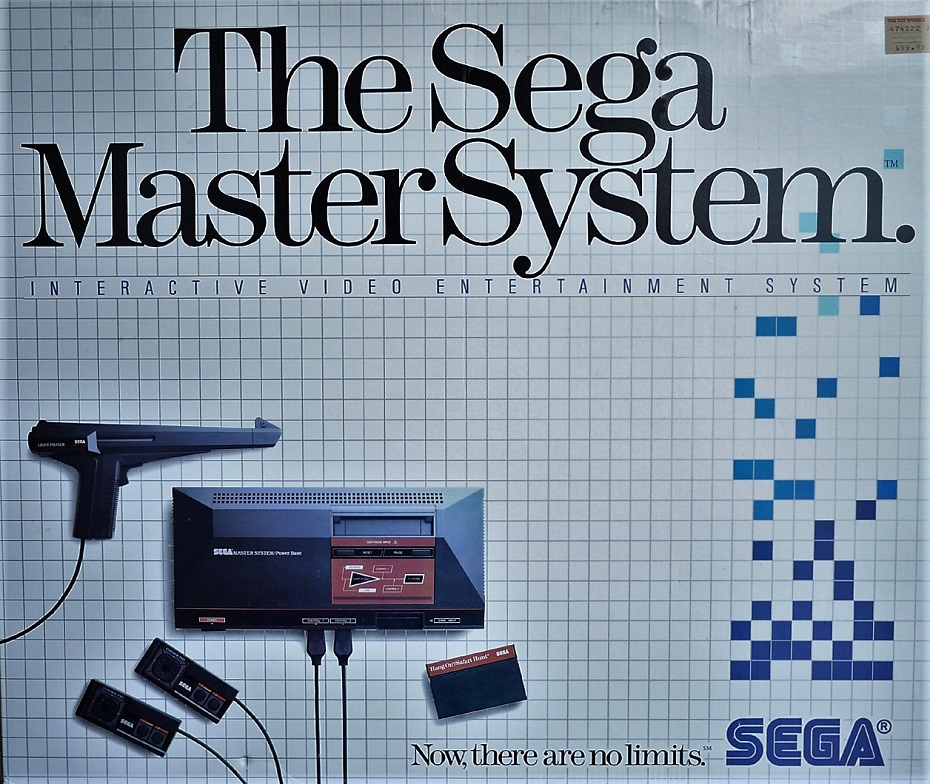
RELEASED: 10/20/85 (JP); as the Master System – 10/86 (US), 8/87 (UK), 10/18/87 (JP), 09/04/89 (BR)
PRICE: 15,000 yen (Mark III – JP), $150/200 (US), 99.95 pounds (UK), 16,800 yen (JP), $1,500 (BR – not a typo)
TECH SPECS: Z-80 8-bit processor running at 3.58 Mhz, 8Kb of RAM, 16kb of VRAM.
Video processor: TI-TMS9918 capable of 32 simultaneous colors.
Sound processor: TI-SN76489 capable of 4-channel mono sound
(FM sound unit in Master System models is a Yamaha YM-2413 capable of 9-channel stereo sound)
# OF GAMES: approx. 384 games, though there are likely many more
UPDATES: Official – Master System II (1990)
# OF UNITS SOLD: 10-13 million between 1985-1993 (does not include Brazil figures past 1993)
There’s a reason the SG-1000 is a footnote in Sega’s history: the majority of the games, the stiff, awkward controls, and the lacking console architecture were all subpar, even upon the system’s release in 1983. By the time 1985 rolled around, the SG-1000 was running on fumes, as signified by Sega’s overreliance on the optional-but-necessary-if-you-want-to-play-new-games peripheral, the Card Catcher. While many of the 1985 Sega Card games were actually quite decent, it’s clear upon playing those games that the system’s limited power was being maxed. When Doki Doki Penguin Land looks like an early Famicom game on a system with the power of a ColecoVision, well, get out the balloons and champagne, Sega! The system has run its course. With the Famicom’s power, influence, and sales continually growing, there was nowhere for the SG-1000 to go, but away, and as quickly as possible.
Thus two and a half years after the release of the SG-1000 (and a mere one and a half years after the SG-1000 II “upgrade”), Sega released the Mark III in Japan on October 20th, 1985. Unlike the SG-1000 II, which was a cosmetically revamped SG-1000 with no internal changes, the Mark III was a whole new system designed to compete with the more advanced Famicom. The advanced visuals and extra RAM gave the system a boost over its main rival. Sega Mark III games were graphically more impressive and speedier than Famicom games. Also, the system was backwards compatible with all SG-1000 cartridges and cards, another added bonus for Japanese consumers who may not have been so eager to purchase another Sega system so quickly after the SG-1000’s debut.

According to SegaRetro, the Mark III sold one million units in the first year of its release in Japan and was considerably more successful than the SG-1000. Despite the Mark III’s superior system specs, the Famicom’s two-year grip on the Japanese console market prevented it from toppling Nintendo’s warhorse in either console’s lifespan. Sega was too little, too late with their new console, a decision they would later try to reverse with the early releases of the Mega Drive, the Saturn, and the Dreamcast.
Even though the Mark III wasn’t the success Sega wanted it to be in Japan, that didn’t stop them from rebranding the system for other territories a year later. Sega saw Nintendo’s success in America and decided that it too wanted a piece of the reforming Western console market. Sega debuted the “Master System” at the Consumer Electronics Show in June of 1986. While the Japanese Mark III was white and looked very much like a rearranged SG-1000 II, the Master System boasted a sleek black-and-red color scheme that distinguished it from Nintendo’s neutral (read: boring) gray on the NES. Also, the name change: “Mark III” only made sense in territories that received the SG-1000 I and II. The “Master System” moniker was one of several options that Sega had thought up, and was apparently chosen by Sega employees throwing darts at names on a white marker board.
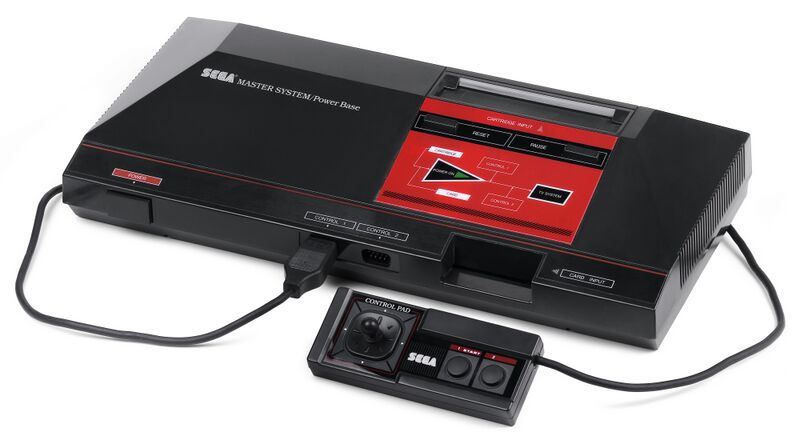
The Master System released in North America in October of 1986 in two iterations: the Sega Base System, which included the system and two control pads for $150; and the Master System which included the system, two control pads, a Light Phaser, and a pack-in game Hang On/Safari Hunt for $200. The Base System was dropped sometime around 1987 or ’88 after the Master System proved to be the better-selling bundle.
“Better-selling” is a generous term, though. The system only sold 125,000 units upon the first four months of release compared to the NES’s staggering two million units within the same time frame. Sadly, like in Japan, this dramatic sales difference would extend throughout both console’s lifespans. The NES sold over thirty-four million units from 1985-1994 in North America, while the Master System could only muster up two million units in North America by 1993. Sega’s silver lining: even with the thirty-two million units difference between the two consoles, the Master System still holds a second-place title in the 8-bit console “war,” ahead of Atari’s 7800.
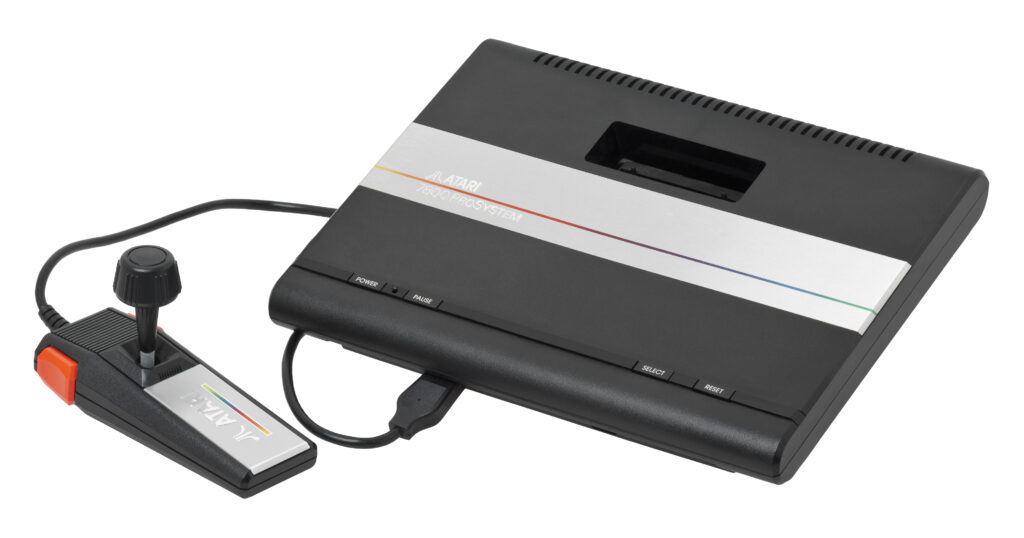
The Master System’s inability to gain even a reasonable foothold in the North American market came down to a poorly perceived game library, and Sega’s inexplicable decision to sell the system’s licensing rights to the toy manufacturer, Tonka, in 1988. One could only assume that Sega thought the Master System would be able to gain more traction in retail outlets through a toy company (somewhat similar to Nintendo’s initial branding of their Famicom as an “Entertainment System,” not a video game console). Since Tonka had no prior history in selling consoles, however, they didn’t really know what they were doing and the Master System’s continuously poor sales reflected that. By 1990, Sega would reacquire the rights to sell the Master System in the United States from Tonka, but by then, the console had ceded its position to the Genesis.
The games: Lord have mercy, the games. While first-party titles like Sega’s own Phantasy Star could hold their own against some of the big N’s releases, Nintendo had a staggering amount of (mostly) excellent third-party support – third-party support that Sega couldn’t touch, thanks to Nintendo’s strict licensing practices. As with the SG-1000, it was up to Sega’s own development teams and a couple third-parties (Activision and Parker Brothers, respectively) to bolster the system’s library. The result? While the Western Master System’s library is more polished and better-playing than the SG-1000’s paltry efforts, it doesn’t compare to the sheer gold found in the NES library.
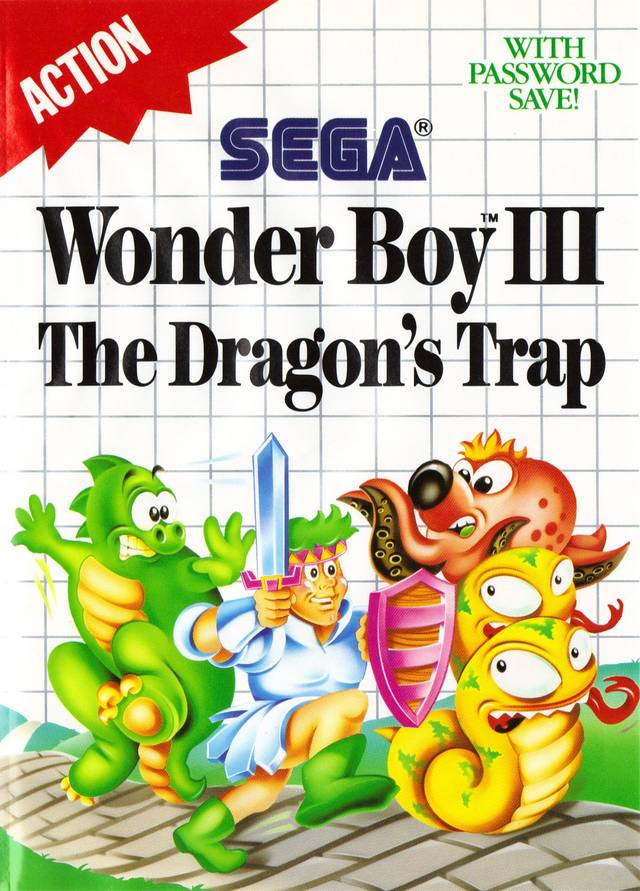
Europe began to receive the system beginning in late 1986 in Germany and Italy, and continuing into 1987 in the UK and France. Home computers ruled the gaming landscape throughout Europe in the 80s, but the Master System was able to make a somewhat sizable impact compared to other consoles of its day: 6.8 million units by late 1993 in Europe alone. The Master System is actually more widely regarded in Europe than the NES, thanks to better third-party support (Nintendo’s exclusivity agreements didn’t reach Europe) and Nintendo’s strange lack of presence in the region.
Brazil is perhaps the most surprising region where the Master System flourished. Distributed by Tec Toy beginning in 1989, the console’s popularity exploded due to the lack of competition. The system was so popular, in fact, that there are a number of games for the system released exclusively in Brazil (the 1997 conversion of Street Fighter II being among the most notable). SegaRetro claims that the Master System and new games are still being released in Brazil to this day, but I was unable to find a link that verifies this.
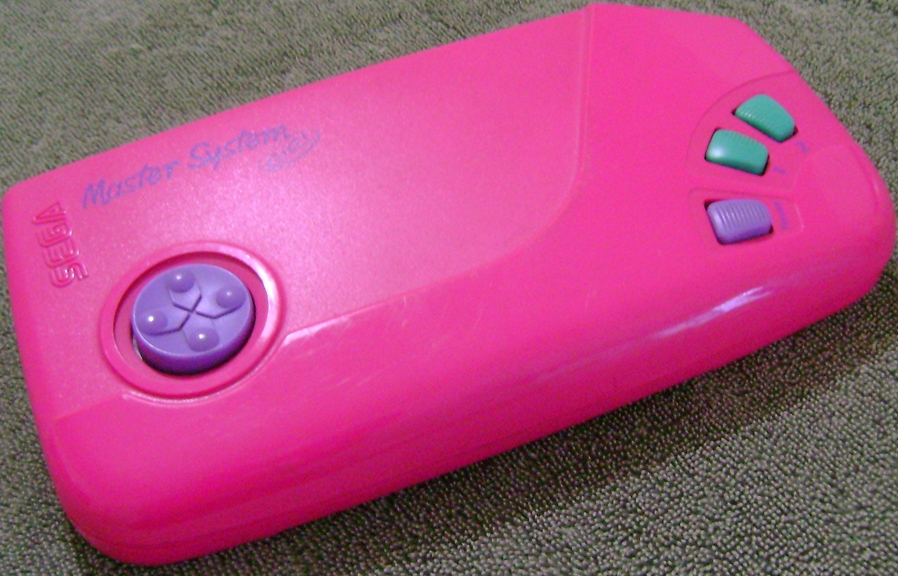
Japan replaced the Mark III with a revamped Master System (built in FM Sound Unit! A port to plug in the 3D glasses! The future is now!) in October 1987, but despite the slight upgrades, the revision failed to bolster sales. So too did the 1990 Master System II, a complete rework of the console that did away with many of the original system’s features including the power light, the card holder, expansion port, audio/video output, and reset button. The MS II was cheaper, of course, but it was released about a year after the Genesis, and as such, failed to catch on in the wake of its much more impressive 16-bit brother.
While the Master System had a healthy long lifespan in both Europe and Brazil, Sega of Japan stopped producing cartridges for the system in early 1989, directly after the release of the Mega Drive. America’s final Master System release would be Sonic the Hedgehog in 1991, after which the system was effectively “dead” – or so it seemed.
In fact, the Master System architecture was alive in well in Sega’s first portable console, the Game Gear. Released in 1990 in Japan and 1991 in America and other territories, the Game Gear was, for all intents and purposes, a portable Master System with a greater palette of colors and stereo sound. While the cartridges weren’t interchangeable, many early Game Gear games found their way to the Master System as ports. Due to the lack of solid games and the handheld’s ability to munch through six AA batteries in less than five hours, the Game Gear didn’t sell nearly as much as Nintendo’s Game Boy. But, in North America anyway, the Game Gear did sell more than the Master System, which hopefully gave Sega some much-needed closure.
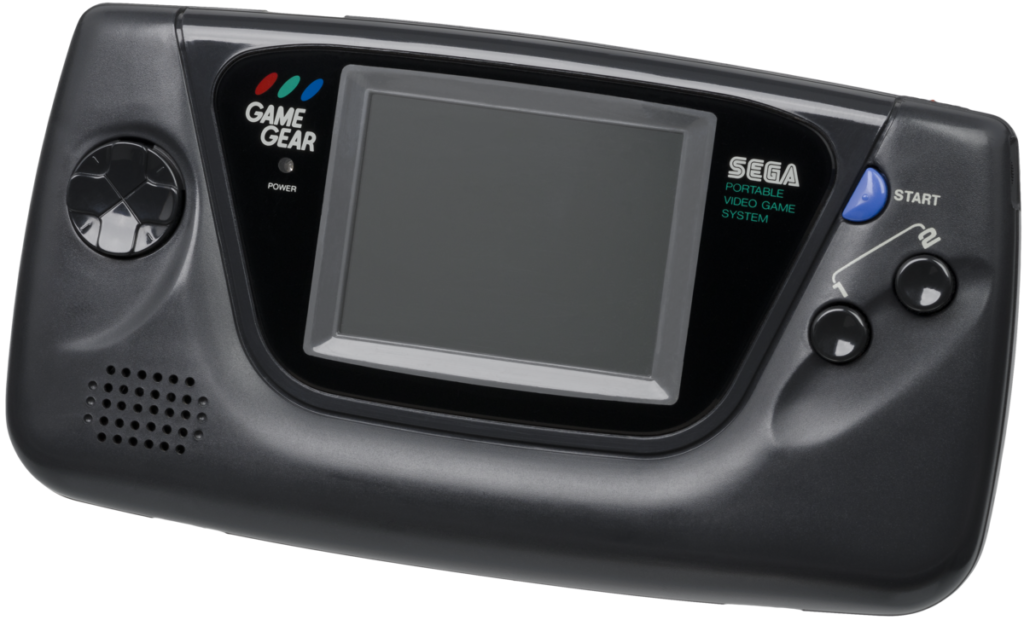
If nothing else, the Master System was a giant leap forward for Sega from the SG-1000: sharper, more colorful graphics, tighter controls, and – even with the lack of third-party support – better games. It’s unfortunate that, in both America and Japan, the system was overshadowed by the success of the Famicom and NES. As with the SG-1000, though, Sega learned from their experience with the Master System. Their next console, the Mega Drive/Genesis, proved to be the game changer the Master System should have been, and bolstered Sega into realms of popularity previously reserved for Nintendo.
(All images courtesy of Wikipedia, Console Passion, VG Legacy, and SegaRetro)

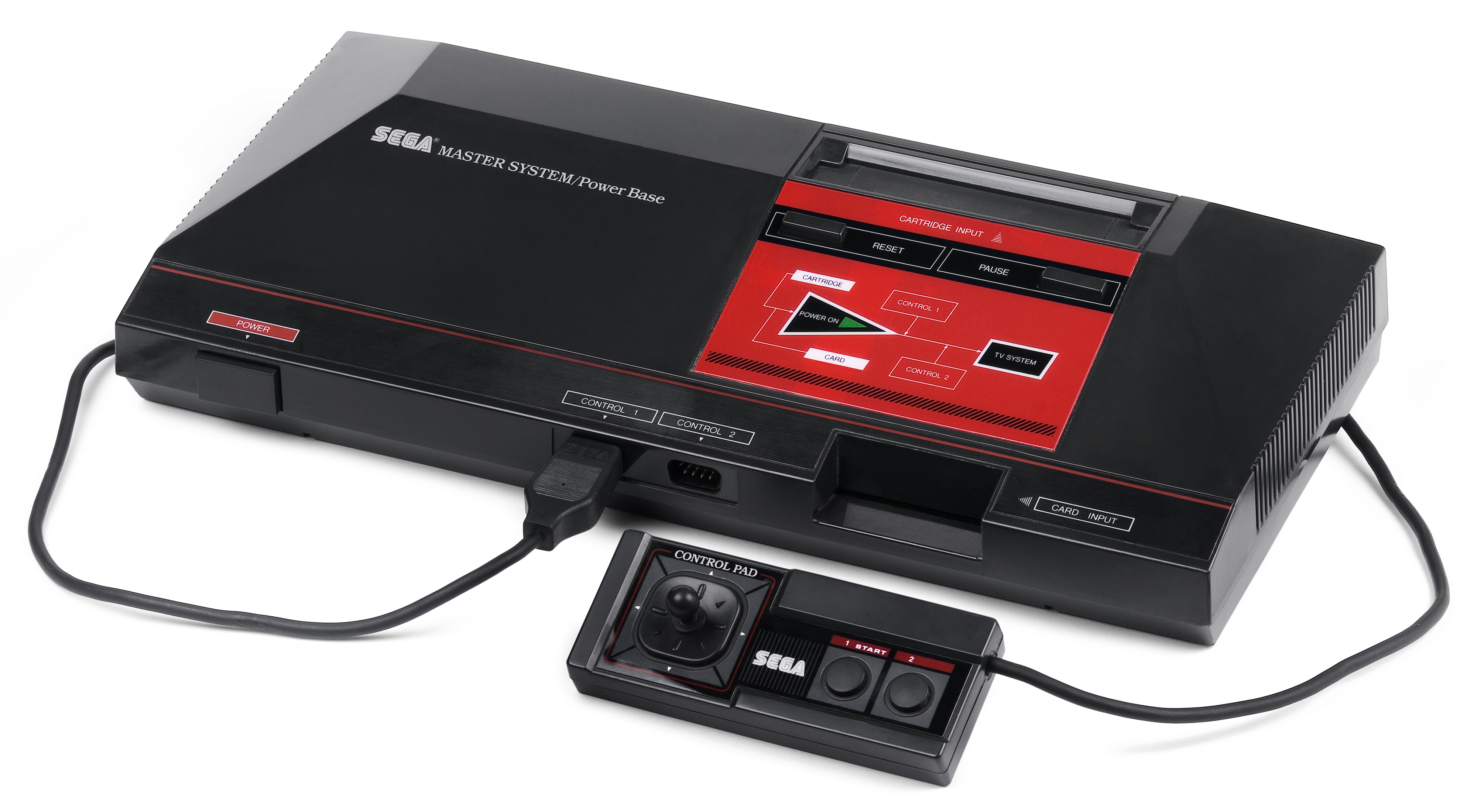
6 replies on “The Mark III / Master System”
I still maintain that the original Master System was one of the most attractive consoles ever. It was certainly more attractive than the Ataris and Nintendo of the day. The white Mark III was hideous however.
I want to say I got the Master system Christmas of 86. At the time I would go to Macys and they would have it on display. I got it because side by side it just looked better than the NES to me. Most of my friends got an NES. I think SMB pack in helped a lot on that. And also it was kind of a domino effect. People got the NES because that’s what their friends had and could trade games. All my NES having friends would come over to my house and play SMS and they generally liked it. In the early NES years I thought it compared pretty favorable against the NES lineup. Alas a couple years in the NES came out with such a plethora of good games the master system couldn’t compete. I still held on to mine and used all my paper route money to buy games for it. I had like 30-40 I’d say. Until I sold it and all my games in 89 to buy a Genesis. I have no regrets. To me percentage wise it had as many good games or more than the NES. But not as many great games. Of course volume wise with the number of games that were released Nintendo had more good games overall. One thing, as an avid arcade gamer, Sega seemed to have more arcade style games which fit my tastes while the NES tended to make its games more towards a home experience and add RPG and adventure elements. Except of course the SMS was the first to bring RPG games out in he US. They had like 3 before the NES even saw dragon warrior. I know a lot of people who bought a SMS just for Phantasy Star.
Also the early SMS systems came with little screw in joysticks for the gamepad. I had these in my bundle. It made playing some games better like pro wrestling. But those things would kill your thumbs. First time I ever got thumb blisters.
http://segaretro.org/images/e/ed/SMSControlPad_1.jpg
I think you will have as much fun with the ‘Great’ sport series on the Master System and you did with the ‘Champion’ sports series on the SG.
It took a while for the Master System to hit its stride rather like the SG.
Reblogged this on The Order of Trinity and commented:
A fascinating account of the rise of one of my favourite consoles of all time; Sega’s Master System. I have been following the “Sega Does” boys since they began their quest to play all things Sega starting with the SG-1000 and I would recommend Sega fans and retrorgamers in general give them a go.
I never owned a Master System as a kid, and still don’t as an adult, though at least now I have a Power Base Converter and a handful of pretty good titles. I did, however, have a couple pretty significant experiences with one that left a lasting impression, and have made me always want to obtain the SMS. The first time I played one was at a friend’s house, and his mom’s boyfriend had brought it over for the family to play. He happened to have the SMS port of Double Dragon, which we jumped all over because we both loved the NES version. Sadly, it wasn’t as smooth or fun to play as that, but I remember being impressed by the graphics and liking what I saw. Some while later, another guy from school had a get-together, and a group of us were at his house playing NES games. He then pulled out his SMS, and we got to play the port of Shinobi for the system (which is still the best home conversion). I remember noting the differences between the SMS version and the arcade cabinet, which still happened to be at a taco joint in town. It was a blast to play. We also played the built-in Hang-On game, which we enjoyed, and at least one other title which may have been Zillion. Either way, it was a fun experience, and something that stuck with me. When it came time for me to buy my own console a couple years later, I went for the Genesis. Part of that decision was because a school friend had one and I wanted one after playing it, but also because the SMS left a positive overall impression on me. I’m still searching for a *reasonably priced* complete SMS. Perhaps one day I’ll get lucky and find one.